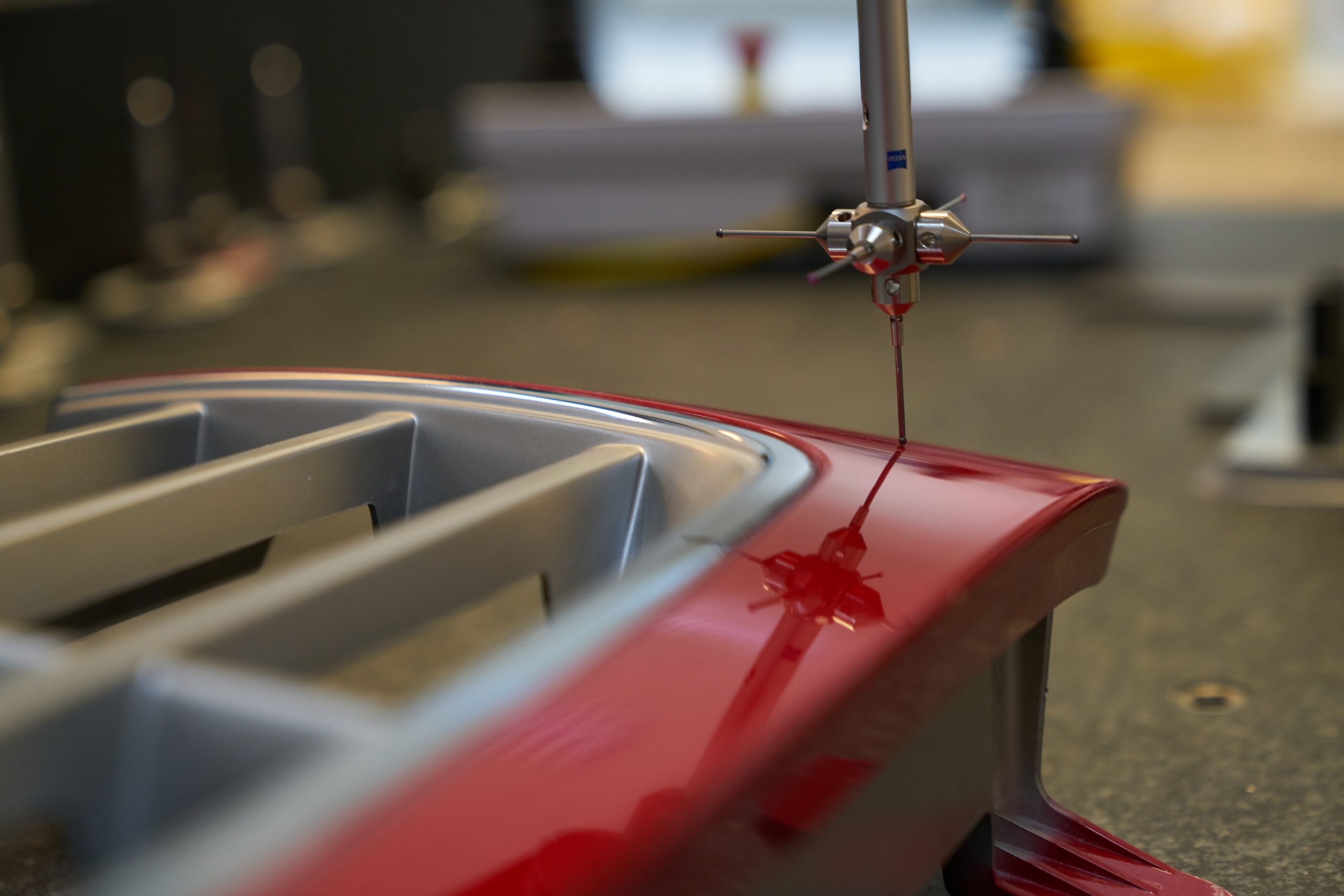Choosing the Right Service: Coordinate Measuring Machine (CMM) Inspection or Laser Scanning

What’s the Difference?
A CMM Inspection defines part features through direct contact with the part using industry standard methodology to define features of the part. It’s a highly accurate system but can be more costly to use for a large quantity of parts.
A Laser Scan can also be an inspection tool, but uses a light instead of physical contact to define features. It is a line of sight system that captures thousands of points on a part to generate a point cloud that can be related back to an actual CAD model. It is a perfect tool for collecting a lot of data in a very short amount of time. Commonly used when the need arises to reverse engineer a part, but has multiple applications.
| CMM Dimensional Inspection | 3D Laser Scan | |
|---|---|---|
| Best for comparing a part back to blueprints | X | X |
| Best for larger or uniquely shaped parts | X | X |
| Best for reverse-engineering/ geometry recreation | X | |
| Best when blueprints or CAD models need to be created. | X | |
| Produces hard, accurate data on small parts | X | |
| Best for comparing against CAD models | X | |
| More cost-effective for dimensions under 30 features | X |
Defining Your Scan Service:
Do you need to know if a part you are producing meets the blueprint?
A CMM inspection can link parts back to blueprints and we can provide a first article inspection report (FAI/FAIR).
Need us to program a CMM for you?
We can transfer our program to your platform, whether that’s Calypso or PC-DMIS.
Is the part you need to be scanned small or large?
Depending on your part’s size and shape, we have the capability to scan parts requiring as little as sub-micron accuracy.
Do you need to reverse-engineer a part?
A laser scan is going to be more efficient.
Are you designing a part and need quick feedback on where your design stands?
A laser scan is going to be more efficient.
Do you need more data points or more accuracy in your data points?
A dimensional CMM inspection will be precisely accurate in data, which helps with first article inspections. But a part’s shape and size can limit the ability to inspect with a CMM. Laser scanning is beneficial when there are no blueprints and you need to create CAD models or blueprints from an existing part.




